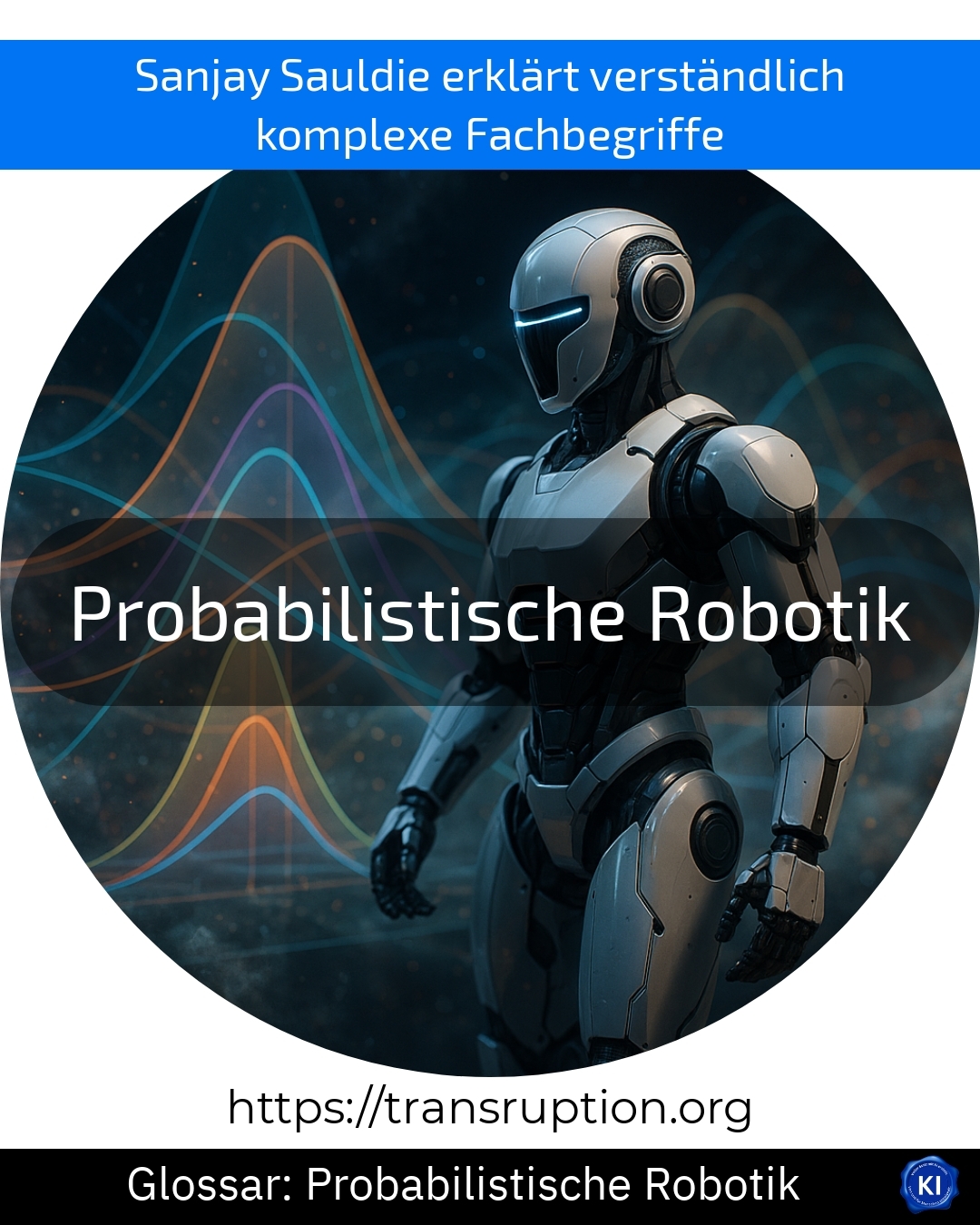Probabilistic robotics is at home in the field of artificial intelligence, the Internet of Things and robots. It describes methods that enable robots to perceive and navigate their environment despite uncertain or incomplete information. This means that robots do not make fixed assumptions, but take into account that sensors sometimes provide inaccurate data and decisions have to be made under uncertainty.
A simple example: a robot hoover is supposed to clean a flat. Its sensors recognise pieces of furniture, but sometimes objects are incorrectly recognised or overlooked. With the help of probabilistic methods, the robot can learn from experience how likely a certain situation is and react flexibly instead of rigidly adhering to a predetermined plan. This enables it to better avoid obstacles or find lost positions again.
Probabilistic robotics plays a key role in the development of modern, intelligent robots that work reliably and safely in changing environments - for example in factories, in logistics or in smart homes. The technology makes robots more adaptable and more robust in the face of errors and uncertainties.















